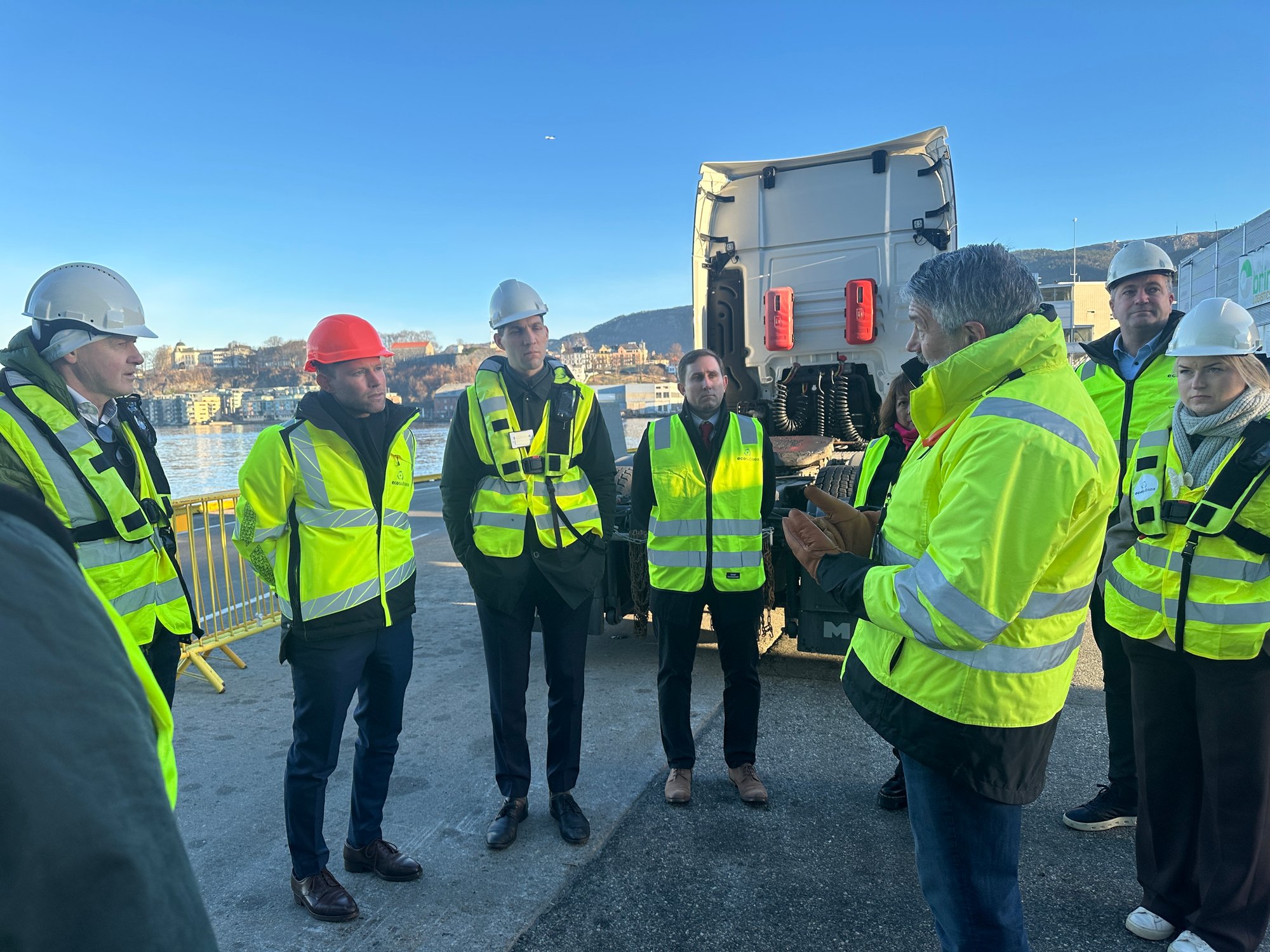Bergen Port and Oslo Port collaborate to combat the Japanese Sea Squirt

The invasive species, known as the Japanese sea squirt, has become a major problem in several locations along the Norwegian coast.
The species was first discovered in Norway in Engøysundet, Stavanger in 2020, and now covers over 50 percent of the seabed there. Havnespy has also been found in Egersund, Haugesund, Askøy, and Fensfjorden.
Now, Bergen Port and Oslo Port are taking action to combat the species, and the first step the ports will take is to examine the methods and procedures for hull cleaning of ships.
"Hull cleaning is an important measure to prevent the spread of invasive species from one port to another," says environmental manager Even Husby at Bergen Port.
Currently, Oslo and Bergen ports have strict requirements that hull cleaning can only be performed in the ports if the cleaning system ensures full containment of the waste. However, this is an informal approval process, and the ports aim to establish common requirements and rules for the cleaning process.
Desiring uniform procedures for hull cleaning in all ports.
The ports now aim to define a common policy for the approval of cleaning operations and systems. The hope is that this can eventually be adopted by all Norwegian ports. Japanese sea squirt reproduces rapidly and spreads over large areas through ship and boat traffic, traps, and other fishing equipment. For Bergen, Oslo, and most other ports, this represents an ecological threat.
Taking inspiration from Flemish ports
Traditionally, cleaning operations in the ports have involved divers cleaning the hulls and allowing the waste to fall to the seabed, posing a potential risk of introducing unwanted species into Norwegian waters.
The idea for the project was inspired by the Flemish ports of Antwerp-Bruges & North Sea Port, which have been proactive in setting requirements for hull and propeller cleaning procedures in the ports.
"The goal is to contribute to limiting the spread of Havnespy and other unwanted species," says Even Husby and Heidi Neilson. The next objective is, in collaboration with Norske Havner (Norwegian Ports), to propose that this becomes a standardized approach for all Norwegian ports.



